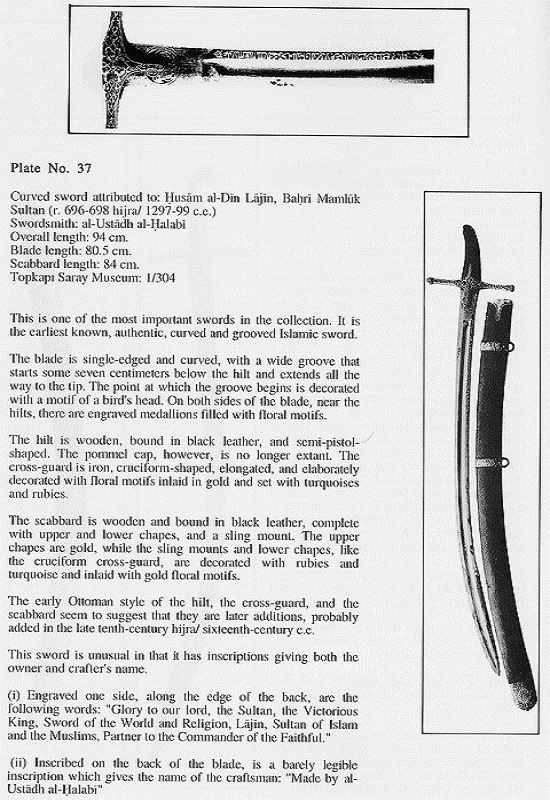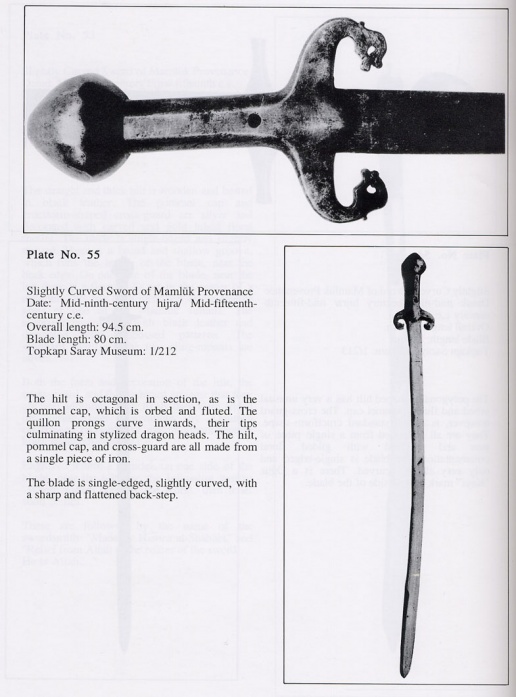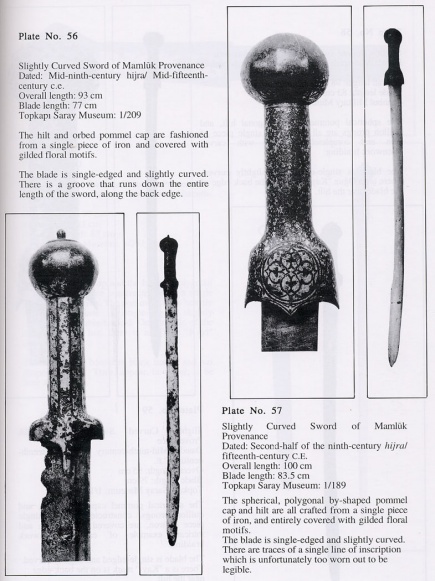I am increasingly interested in the Mamluks, as a result of researching my family's Ayyubid ancestry. These guys kicked everybody's butts pretty consistently until the 16th century, and then they were just absorbed into the armies of someone else. They even rose from slaves to rule the place for a while. Very cool, very tough, and seriously overlooked these days.
So now I've gotten it into my head to reenact a Ruler's Mamluk, 14th-15th C., in full contact tournaments. Seems a logical choice, given my genealogy, and the seeming lack of precedent..
But to better match my 20-year-practiced movements of fighting with sword, I really would prefer a shorter curved sabre over a longer, straight two-edged blade. And this seemed to be the only sword Mamluks used during the time I wanted to reenact.
On top of that I would like to wear protective dress of an earlier type, instead of the plate-and-mail that Mamluks seemed to love so much from the mid-15th onwards. I can just imagine the bruises...
So it seemed I couldn't get away with both a sabre and the armour type together, until I found a museum pic that showed an early kilic blade, attributed to the 14th century. That would make it pretty much the earliest Kilic I have ever seen, and I've been looking. I've attached this pic.
And then... An old piece of art I found had armour of the approximate type and era I liked, with sections that appeared to be made up of upside-down Chinese Shan Wen Kia ("Mountain Pattern Scale"). Possible I suppose... Lots of trade going on in those days... Some pics of that too...
So I would like to ask anyone and everyone their opinions... First, Could I get away with a kilic/turk saber-like weapon using the attached photo and museum date as proof? What do you think the hilt would look like? And second, what do you think of my theory that the artwork showing the armoured Mamluk has him wearing the aforementioned Chinese style scale? Because a Mamluk style suit of that stuff would be pretty awesome and very powerful protection.
A third, less pressing question... Would you use a Rattan Kalkan for a Mamluk of this period, or a steel shield? As far as I can tell, both were used during this time.
Thanks in advance for any help you can offer.
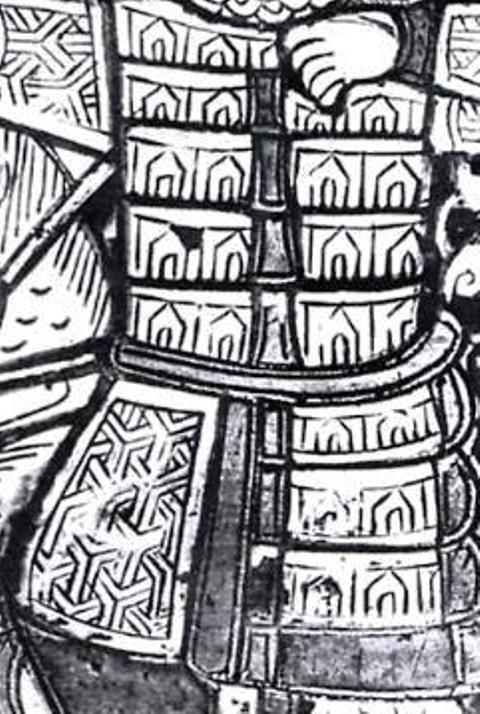
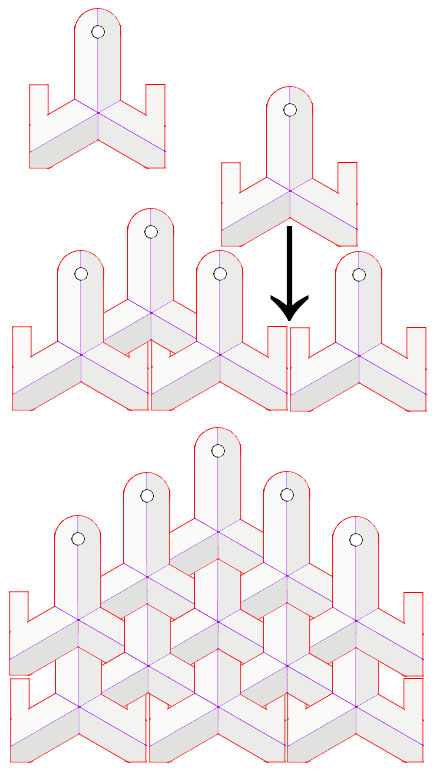
[ Download ]
